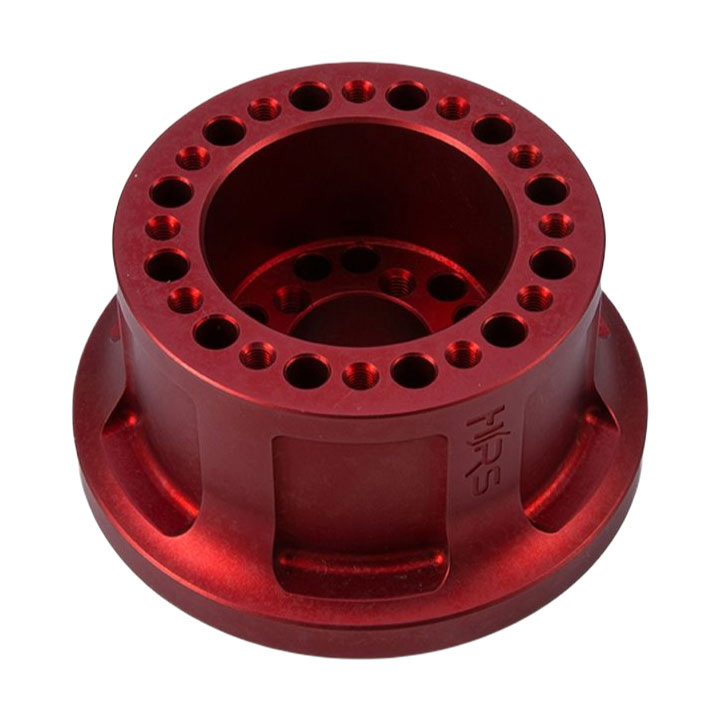Stainless Steel Spring
A stainless steel spring is a mechanical component made from stainless steel that is designed to store and release mechanical energy when subjected to deformation. Springs are widely used in various industries and applications to provide mechanical support, absorb shock, or control motion. Stainless......
Send Inquiry
Product Description
A stainless steel spring is a mechanical component made from stainless steel that is designed to store and release mechanical energy when subjected to deformation. Springs are widely used in various industries and applications to provide mechanical support, absorb shock, or control motion. Stainless steel springs offer the benefits of stainless steel's corrosion resistance and durability, making them suitable for environments where exposure to moisture or chemicals could lead to rusting or degradation.
Here are some key aspects of stainless steel springs:
Materials: Stainless steel springs are typically made from various grades of stainless steel, such as 302, 304, 316, and 17-7 PH. The specific grade selected depends on factors such as the desired corrosion resistance, mechanical properties, and the environment in which the spring will be used.
Types of Stainless Steel Springs:
1. Compression Springs: These springs are designed to compress and store energy when subjected to a force. They are often used in applications where there is a need to resist compression forces or to provide cushioning.
2. Extension Springs: Extension springs extend and store energy when pulled apart. They are commonly used in applications where there is a need to create tension or keep components together.
3. Torsion Springs: Torsion springs store energy when twisted and are used to apply torque or create rotational motion.
4. Constant Force Springs: These springs provide a constant force over their entire range of motion. They are often used in applications like retractable cords and counterbalance mechanisms.
5. Wave Springs: Wave springs are designed with a wavy or corrugated shape to provide a compact solution for specific applications.
Applications:
Stainless steel springs find application in various industries, including:
- Automotive: Springs are used in suspension systems, brakes, and other mechanical components.
- Aerospace: Springs are used in aircraft landing gear, control systems, and other critical parts.
- Medical Devices: Springs play a role in medical equipment like surgical instruments and implantable devices.
- Industrial Equipment: Springs are used in machinery, valves, pumps, and more.
- Electronics: Springs are used in connectors, switches, and other electronic components.
- Consumer Goods: Springs are used in products like locks, toys, and appliances.
Factors to Consider:
- Load and Deflection: The amount of load a spring can support and the amount it can deform are crucial factors to consider for proper spring selection.
- Environment: Consider the conditions the spring will be exposed to, including temperature, moisture, and chemical exposure.
- Spring Rate: This refers to the force required to compress or extend the spring by a certain amount.
- Material: Choose the appropriate stainless steel grade based on corrosion resistance and mechanical properties.
- Ends and Terminations: The type of ends on the spring (e.g., closed, open) affects how it interacts with other components.
Stainless steel springs play a vital role in various mechanical systems, providing reliable and durable energy storage and mechanical support. The selection of the right type of spring and material is essential to ensure optimal performance in the intended application.










